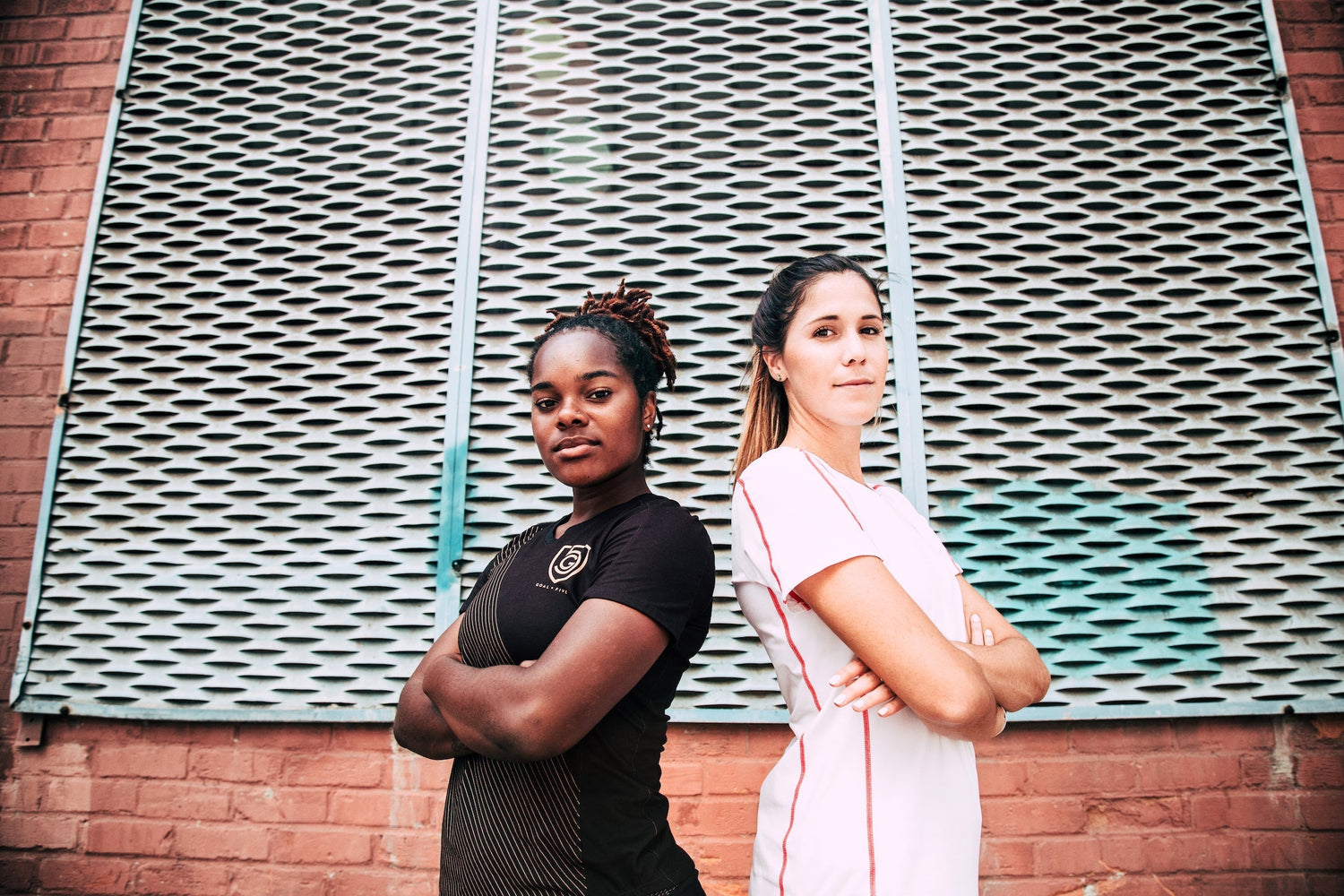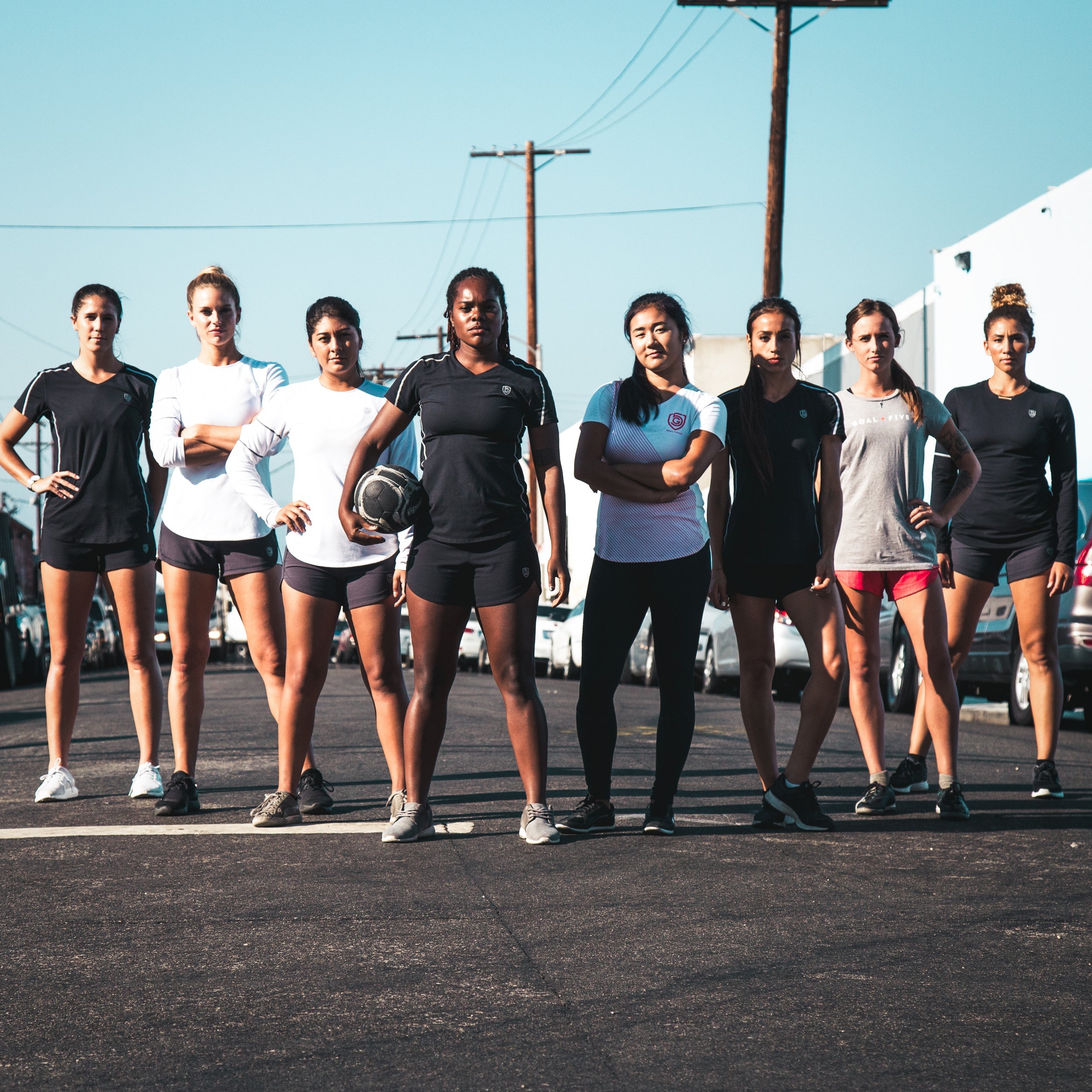Fashion isn’t just about clothes—it’s a form of communication. Each outfit tells a story, from casual streetwear to high-end couture. Surprisingly, writing an essay is a lot like assembling a great outfit. You’re making choices that reflect your personality, values, and intent. For students, writing with purpose and focus is essential—not only to meet academic goals but to express individual perspectives with clarity and originality. And just like curating a sustainable wardrobe, crafting an effective essay is all about thoughtful selection, structure, and style.
But let’s be honest—writing with that level of clarity and purpose isn’t always easy when deadlines pile up and focus gets scattered. That’s where students often seek reliable assistance and decide to pay for written essay services. Platforms like MyAssignmentHelp have become popular among students who want expert guidance, especially when balancing academics, internships, and personal growth. The connection here? Just as fashion stylists help people look their best, these services help students present their thoughts in the best academic light.
Writing Is Styling with Words
Just like fashion changes with occasion, so does writing style. You wouldn’t wear a cocktail dress to a soccer game, and you shouldn’t write a casual blog-style paragraph in an academic analysis. Understanding the right “look” for your essay starts with asking:
- What’s the goal of my writing?
- Who is reading this?
- Should my tone be formal, persuasive, or reflective?
Once that’s clear, you’re no longer just writing to meet a requirement—you’re curating content that fits the moment. Think of each paragraph like a fashion piece: it should work on its own, but it also needs to fit within the larger look.
Structure Is the Outfit’s Foundation
Every fashion ensemble has a base—whether it’s jeans and a tee or a tailored suit. In writing, structure provides that base. Without it, your points lack cohesion and direction. The classic structure always works:
- Introduction – Like a bold opening look, this sets the stage. Use a hook to pull readers in and clearly present your thesis.
- Body Paragraphs – Each paragraph is a layer, building your argument or idea with precision. Use topic sentences, evidence, and transitions.
- Conclusion – Your statement piece. End with impact, echoing your thesis and giving readers something to remember.
When your structure is solid, your ideas walk the page like they’re on a runway.
Editing: The Final Tailoring Touch
An off-the-rack outfit might fit okay, but tailoring elevates it. The same goes for your essay draft. Once your ideas are laid out, revise with care. Tighten sentences, trim repetitive thoughts, and rework transitions to make your writing flow.
- Here’s how students can refine essays effectively:
- Eliminate filler words and vague phrasing.
- Check transitions to ensure smooth shifts between points.
- Review your thesis—does every paragraph tie back to it?
- Ask: If this were an outfit, would anything look out of place?
Editing isn’t about perfection; it’s about fit, finish, and finesse.
Writing with Confidence and Identity
Fashion helps you show up as your full self—and great writing should too. When you write with purpose, your ideas carry weight. Instead of echoing someone else’s voice, you shape your own narrative, argument, or reflection.
It’s easy to slip into auto-pilot mode when you’re tired or unsure. But even analytical essays leave room for originality. Whether you’re interpreting a novel or building a case study, your perspective matters. A confident writer doesn’t just say something—they say it clearly, logically, and on-brand.
Build Your Signature Essay Style
Style evolves, and so does your writing voice. Some students write with punchy clarity, others use vivid imagery, and some prefer sharp, academic minimalism. The key is consistency and confidence.
Here’s how you can build your own writing identity:
- Read academic writing from varied sources and note what resonates.
- Maintain a personal glossary of favorite phrases, sentence starters, and transitions.
- Revisit your past essays—what worked? What didn’t?
-
Stay authentic. Don’t overwrite. Don’t under-explain.
With each essay, you get closer to your personal writing rhythm. Eventually, it becomes your signature—recognizable, polished, and unique.
Final Thoughts: Write with the Intent You Wear
Fashion isn’t accidental, and neither is great writing. Both reflect effort, thought, and individuality. Your outfit can shift your mood; your writing can shift minds. So write like you’re dressing for an occasion—bold but thoughtful, expressive yet intentional.
And if you ever feel stuck, remember: it’s okay to invest in tools or strategies that help you stay on track. Whether you dedicate extra time to revising your introduction or seek outside resources for support, both are valid steps toward writing with style and purpose.




1 comment
Roylinnaaeee
Phantom Wallet has quickly become a favorite for users engaging with the Solana blockchain. Known for its speed, simplicity, and robust security, the Phantom Wallet Extension has revolutionized how users manage their digital assets, NFTs, and DeFi interactions.
Uphold Login | Phantom Wallet Extension
Leave a comment
This site is protected by hCaptcha and the hCaptcha Privacy Policy and Terms of Service apply.